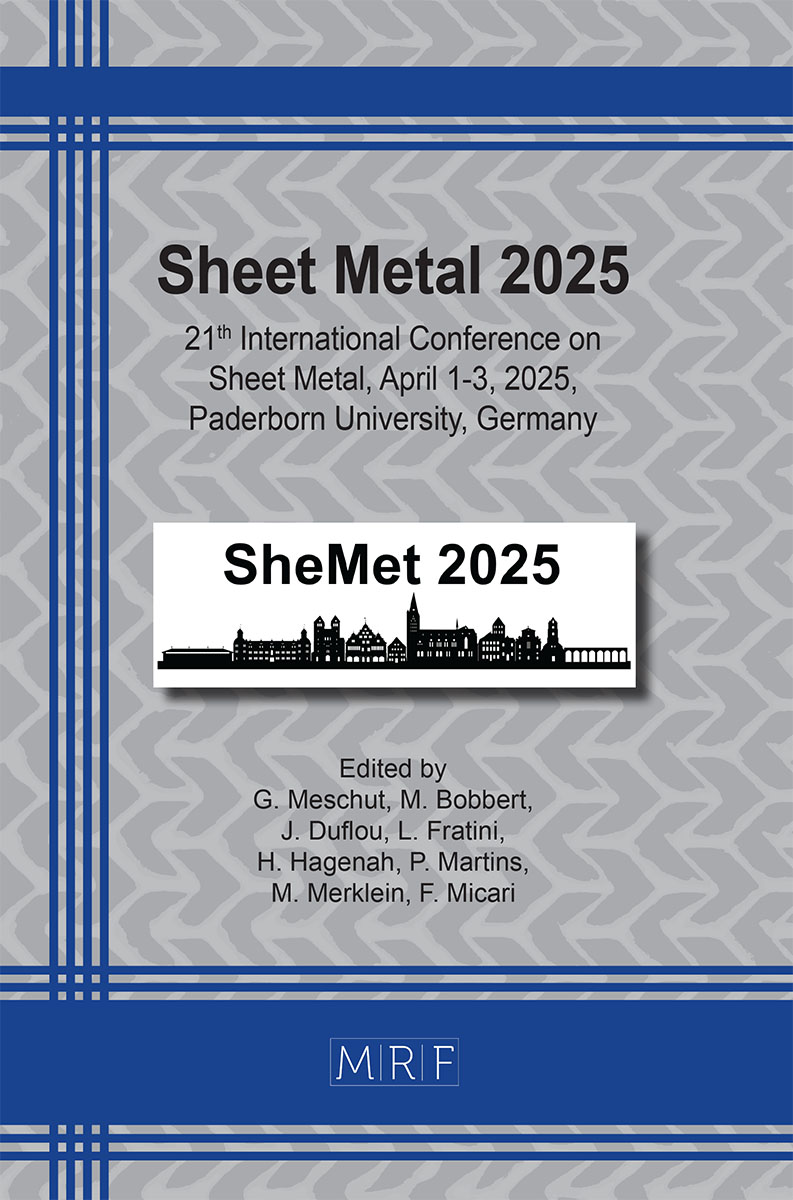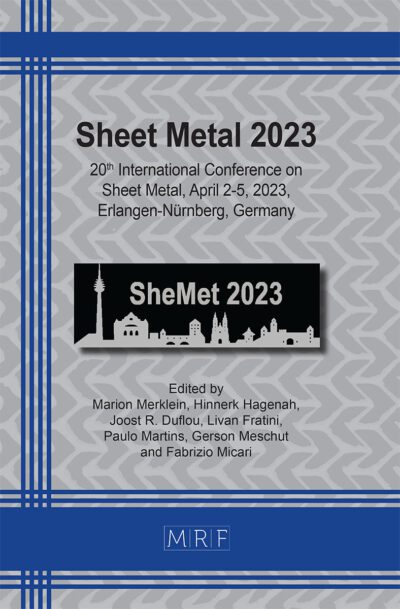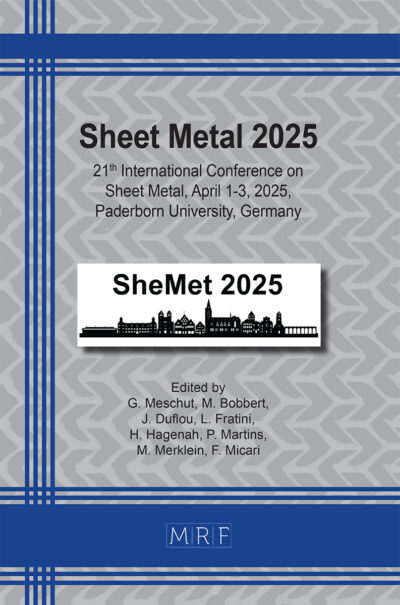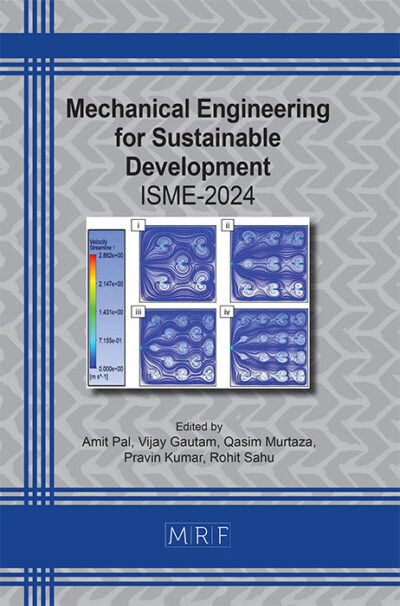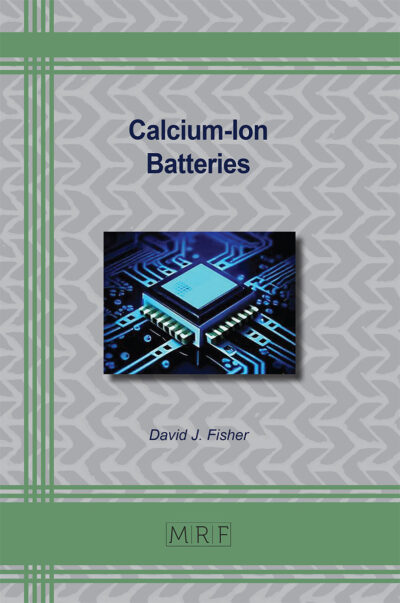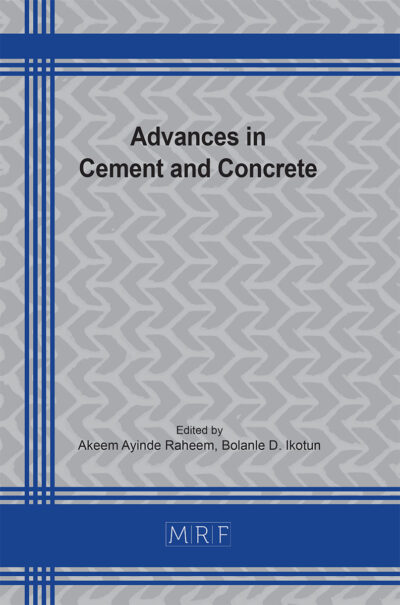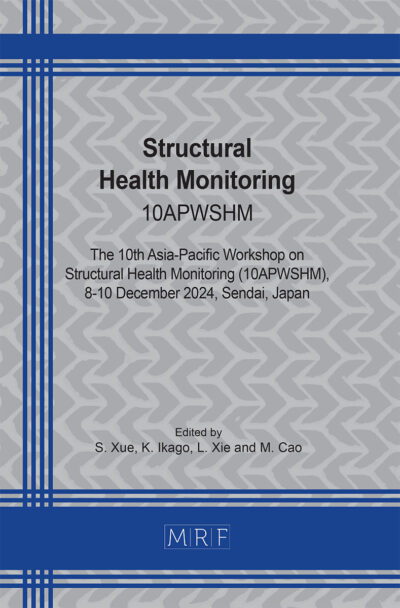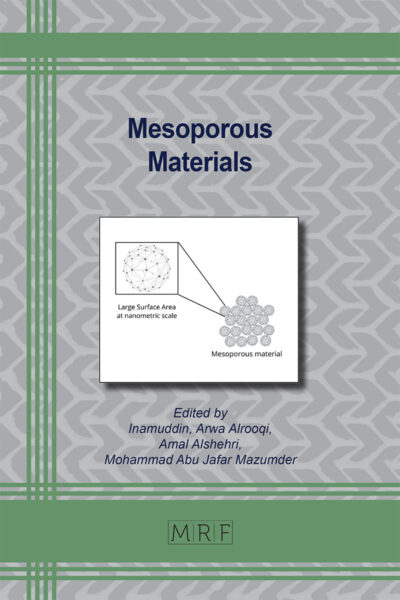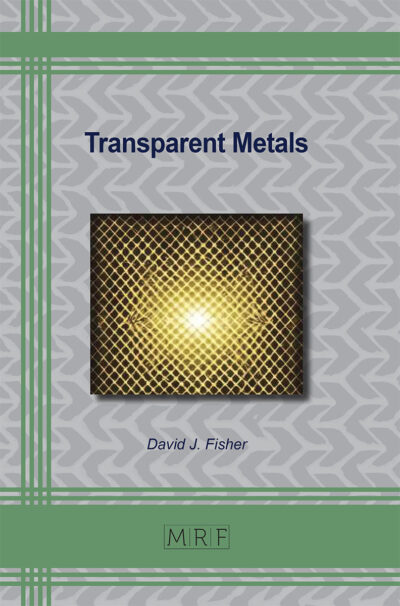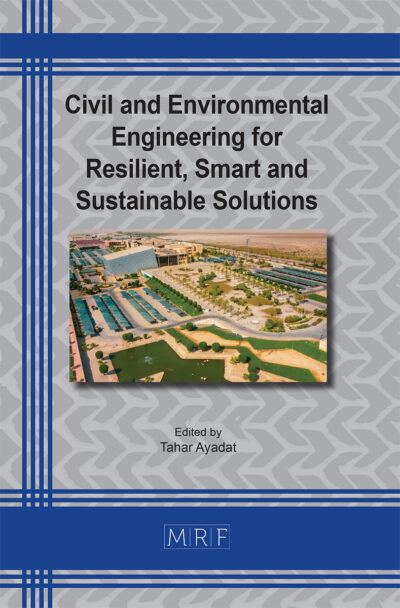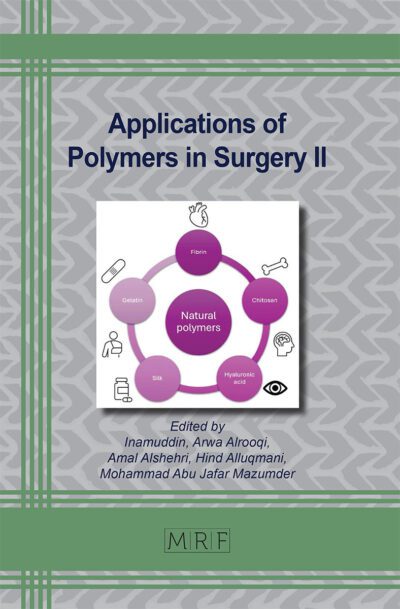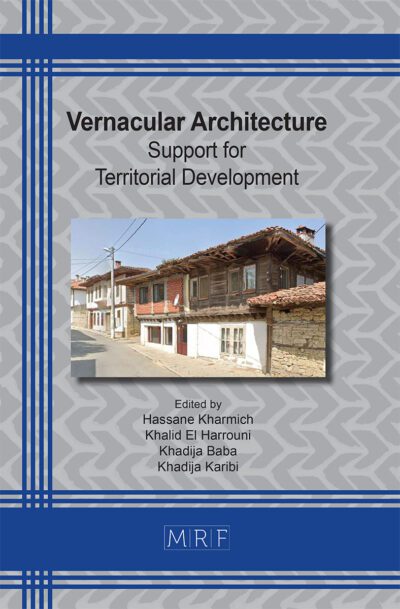Sustainable steel production and application
Amalia KOLETTI, Fabian BOTZ, Thomas FLOETH
Abstract. thyssenkrupp Steel Europe is committed to lead the way to sustainable steel production by achieving net-zero emissions by 2045. To reach this goal, thyssenkrupp Steel is embarking on an ambitious transformation journey, focusing on the development of hydrogen-based steel production to significantly reduce CO2 emissions. Since steel is one of the most important materials for automotive production, the decarbonization of the steel industry is crucial for the reduction of Scope 3 upstream emissions in the automotive supply chain. Besides the reduction of emissions during steel production, significant emission reductions can be achieved during its use phase by lightweight steel applications using advanced high-strength steels (AHSS). These types of steels enable weight reduction, which in turn lowers CO2 emissions. By optimizing both the production and the application of steel, the industry can make substantial strides towards sustainability and environmental performance.
Keywords
CO2 Emissions, Hot Stamping, Life Cycle Assessment (LCA)
Published online 4/1/2025, 7 pages
Copyright © 2025 by the author(s)
Published under license by Materials Research Forum LLC., Millersville PA, USA
Citation: Amalia KOLETTI, Fabian BOTZ, Thomas FLOETH, Sustainable steel production and application, Materials Research Proceedings, Vol. 52, pp 327-333, 2025
DOI: https://doi.org/10.21741/9781644903551-40
The article was published as article 40 of the book Sheet Metal 2025
![]() Content from this work may be used under the terms of the Creative Commons Attribution 3.0 license. Any further distribution of this work must maintain attribution to the author(s) and the title of the work, journal citation and DOI.
Content from this work may be used under the terms of the Creative Commons Attribution 3.0 license. Any further distribution of this work must maintain attribution to the author(s) and the title of the work, journal citation and DOI.
References
[1] J. Somers, Technologies to decarbonise the EU steel industry, Publications Office of the European Union, Luxembourg, 2022
[2] Information on : https://www.thyssenkrupp-steel.com/de/unternehmen/nachhaltigkeit/ klimastrategie/ klimastrategie.html
[3] Information on: https://www.worldautosteel.org/life-cycle-thinking/recycling/
[4] World Steel Association, “World Steel in Figures”, Brussels, 2023
[5] Information on: Emissions-reduction-factsheet-v3.6-1.pdf (international-aluminium.org)
[6] Information on: https://www.euroncap.com/en/about-euro-ncap/timeline/euro-ncap-introduces-new-crash-tests-the-mobile-progressive-deformable-barrier-and-far-side-impact
[7] Information on: https://www.iihs.org/ratings/about-our-tests/test-protocols-and-technical-information
[8] Proposal for a regulation of the European Parliament and of the Council on circularity requirements for vehicle design and on management of end-of-life vehicles, amending Regulations (EU) 2018/858 and 2019/1020 and repealing Directives 2000/53/EC and 2005/64/EC
[9] Regulation (EU) 2023/1542 of the European Parliament and of the Council of 12 July 2023 concerning batteries and waste batteries, amending Directive 2008/98/EC and Regulation (EU) 2019/1020 and repealing Directive 2006/66/EC
[10] J. Suer, F. Ahrenhold, N. Jäger, Carbon Footprint and Energy Transformation Analysis of Steel Produced via a Direct Reduction Plant with an Integrated Electric Melting Unit, Journal of Sustainable Metallurgy, 8 (2022) 1532–1545. https://doi.org/10.1007/s40831-022-00585-x
[11] Information on: https://www.thyssenkrupp-steel.com/en/newsroom/press-releases/thyssenkrupp-steel-to-receive-federal-and-state-government-funding-totaling-around-two-billion-euros.html

